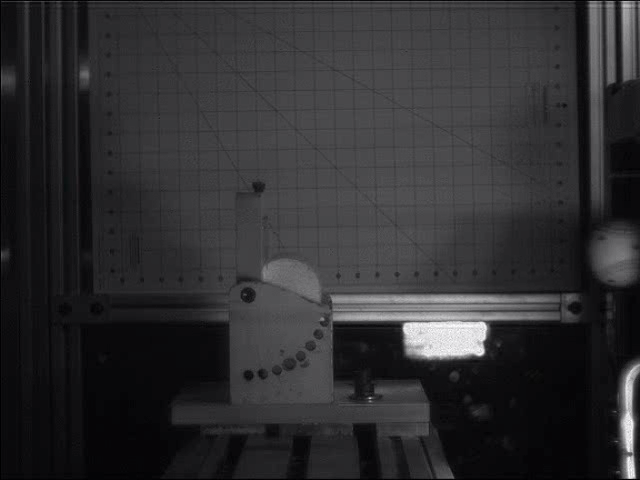Seeing The World Through Tony Parker’s Eyes

After the San Antonio Spurs clinched their trip to the NBA Finals on Monday night, Tim Duncan was asked to describe the contributions of his point guard, Tony Parker. “Every year he just gets better and better and better,” he commented to the press. “I told him I’m just riding his coattails.” High praise indeed from a four-time NBA champion and 14-time All-Star. Duncan’s remarks add to the growing opinion that Parker is the best postseason point guard in NBA history. Whether its his scoring touch, 37 points in Game 4 against Memphis, or his vision on the court, a career best 18 assists in Game 2, Parker has the ability to see what is available in front of him to help his team. This specialized court vision is rare and originates from a specialized area of the brain, according to new research.
In the the video "Parker’s amazing performance in Game 2", notice the angles and speed with which he has to not only see teammates but then get the ball out his hands. Vision, reaction, decision and action all happen in a split second. “Behind what seems to be automatic is a lot of sophisticated machinery in our brain,” said Miguel Eckstein, professor in UC Santa Barbara’s Department of Psychological & Brain Sciences. “A great part of our brain is dedicated to vision.” Eckstein’s research group recently explored how humans are able to pick out certain objects in a crowded scene (say, for example, Tim Duncan under the basket). They flashed (250 ms) 640 indoor and outdoor scenes on a screen for volunteer test observers, then asked them to find a certain object in the scene (i.e. a clock in a bedroom scene or a surfer in a beach scene). In half of the images, the target object was not there. While they searched the images for the targets, the volunteers’ eye movements were tracked as well as their brain’s electrical activity through the use of a functional MRI machine. While the volunteers successfully found the target objects 80% of the time that they were in the scene, they were not aware that some of the scenes did not contain the object. By watching where they focused their gaze to find the object, the researchers discovered that the brain uses logical, contextual clues. If searching for a surfer, they would look on the water, not the beach; if searching for a truck in a street scene, they fixated on the street, not the sidewalk. In the image below, the yellow-orange dots show where the person fixed their gaze to find the target object (click for a larger image).
While this seems obvious to us, it is this contextual form of visual searching that computer algorithms still cannot accomplish due to the enormous amount of real world knowledge that we take for granted. “So, if you’re looking for a computer mouse on a cluttered desk, a machine would be looking for things shaped like a mouse. It might find it, but it might see other objects of similar shape, and classify that as a mouse,” Eckstein said. The fMRI images showed that an area of the brain called the lateral occipital complex (LOC) is most active during the test subjects’ scene search. It is this group of neurons that provides clues to us of the most likely place to look for certain objects.
In the same way, by knowing the Spurs offense and through years of drills and practice, Parker’s LOC can suggest the most logical places to search for teammates and the difference between them and opponents. The research appears in the Journal of Neuroscience. “A large component of becoming an expert searcher is exploiting contextual relationships to search,” commented Eckstein. “Thus, understanding the neural basis of contextual guidance might allow us to gain a better understanding about what brain areas are critical to gain search expertise.” Training an athlete’s visual search skill is critical to success on the court or field. Repetition through tools like the Axon football or baseball training apps will provide the LOC with the rich database of contextual scenes needed to spot an open receiver, a blitzing linebacker or a curveball.



















